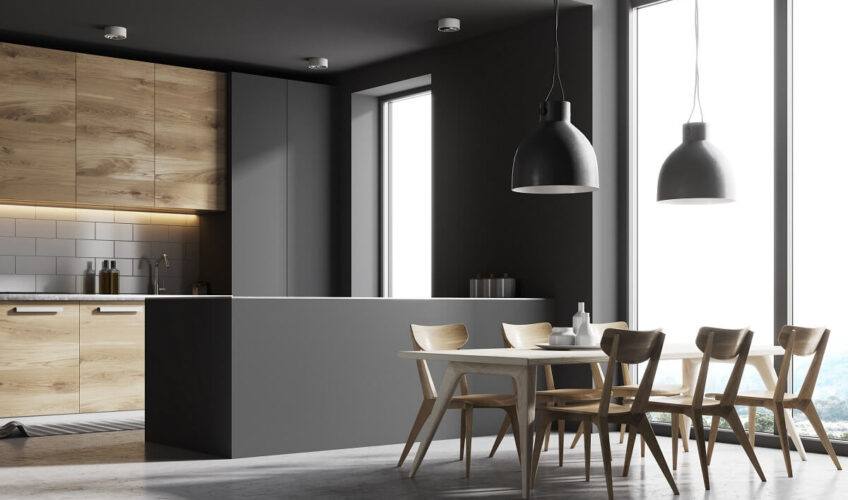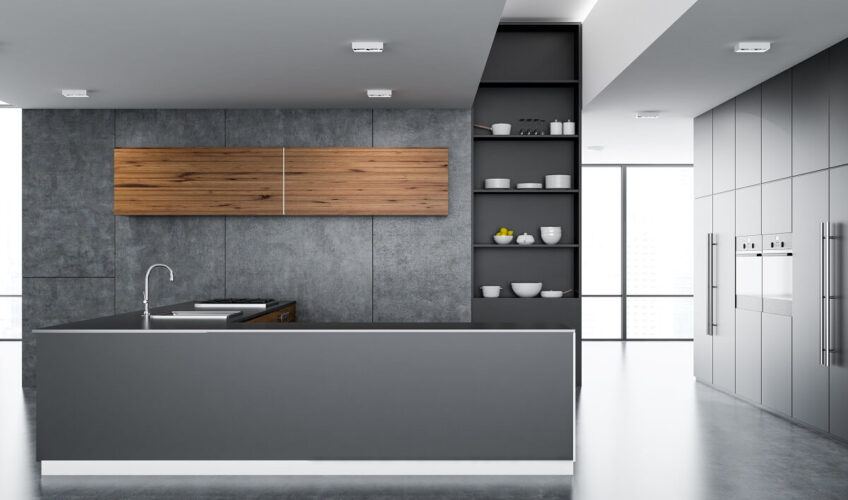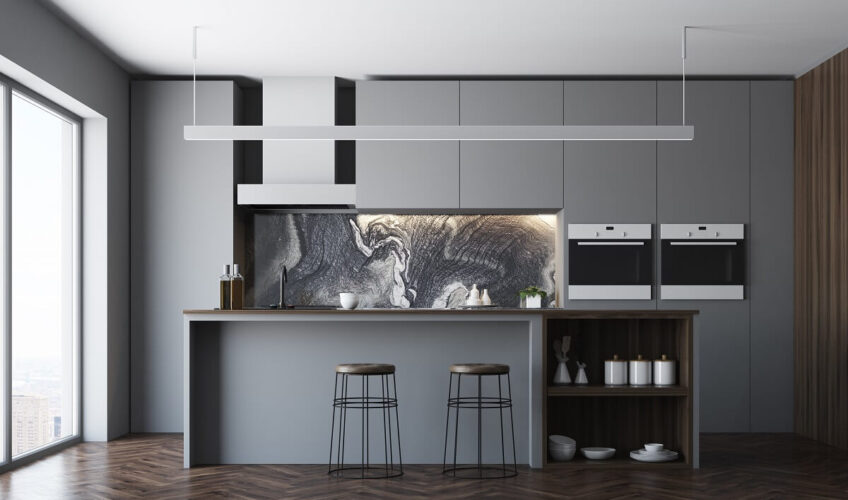Lumber is broadly classified into two types: hardwood and softwood, each derived from different types of trees and used for various applications in construction, furniture making, and more. Here’s a breakdown of the types of lumber and the key differences between hardwood and softwood.
Types of Lumber:
- Hardwood Lumber
- Derived from deciduous trees, which lose their leaves annually (e.g., oak, maple, cherry).
- Known for being denser, more durable, and harder, making it ideal for furniture, flooring, and cabinetry.
- Examples:
- Oak: Highly durable and popular for furniture and flooring.
- Maple: Known for its strength and smooth finish, often used in cabinetry.
- Cherry: Valued for its rich color and fine grain, commonly used in fine furniture.
- Hardwood typically takes longer to grow, making it more expensive than softwood.
- Softwood Lumber
- Comes from coniferous trees (evergreens) like pine, fir, and cedar.
- Generally lighter and softer than hardwood, making it easier to work with but less durable in some applications.
- Widely used in construction, framing, and paneling because of its availability and affordability.
- Examples:
- Pine: Soft and light, used in furniture and house framing.
- Cedar: Naturally resistant to decay and insects, commonly used in outdoor projects like decking and siding.
- Douglas Fir: Strong and versatile, frequently used in structural applications.
Key Differences Between Hardwood and Softwood:
- Tree Type:
- Hardwood comes from deciduous trees (broadleaf trees), while softwood comes from coniferous trees (evergreens).
- Density and Durability:
- Hardwood is generally denser and harder, making it more suitable for high-wear applications like flooring.
- Softwood is softer and lighter, making it easier to cut and shape, ideal for construction and furniture.
- Growth and Availability:
- Softwoods grow faster than hardwoods, making them more abundant and cost-effective for large-scale construction.
- Hardwoods take longer to mature, making them more expensive and less readily available.
- Uses:
- Hardwoods are typically used for high-quality furniture, flooring, cabinetry, and finishes due to their durability and aesthetic appeal.
- Softwoods are commonly used in framing, construction, and outdoor projects because of their ease of use and resistance to decay.
The choice between hardwood and softwood depends on the specific needs of your project. Hardwood is best for applications where strength and longevity are critical, such as furniture and flooring, while softwood is ideal for projects like framing and general construction, where cost and ease of use are more important.
For more information, you can refer to sources like Wood Database or Home Improvement Guides for detailed descriptions of specific wood types.




